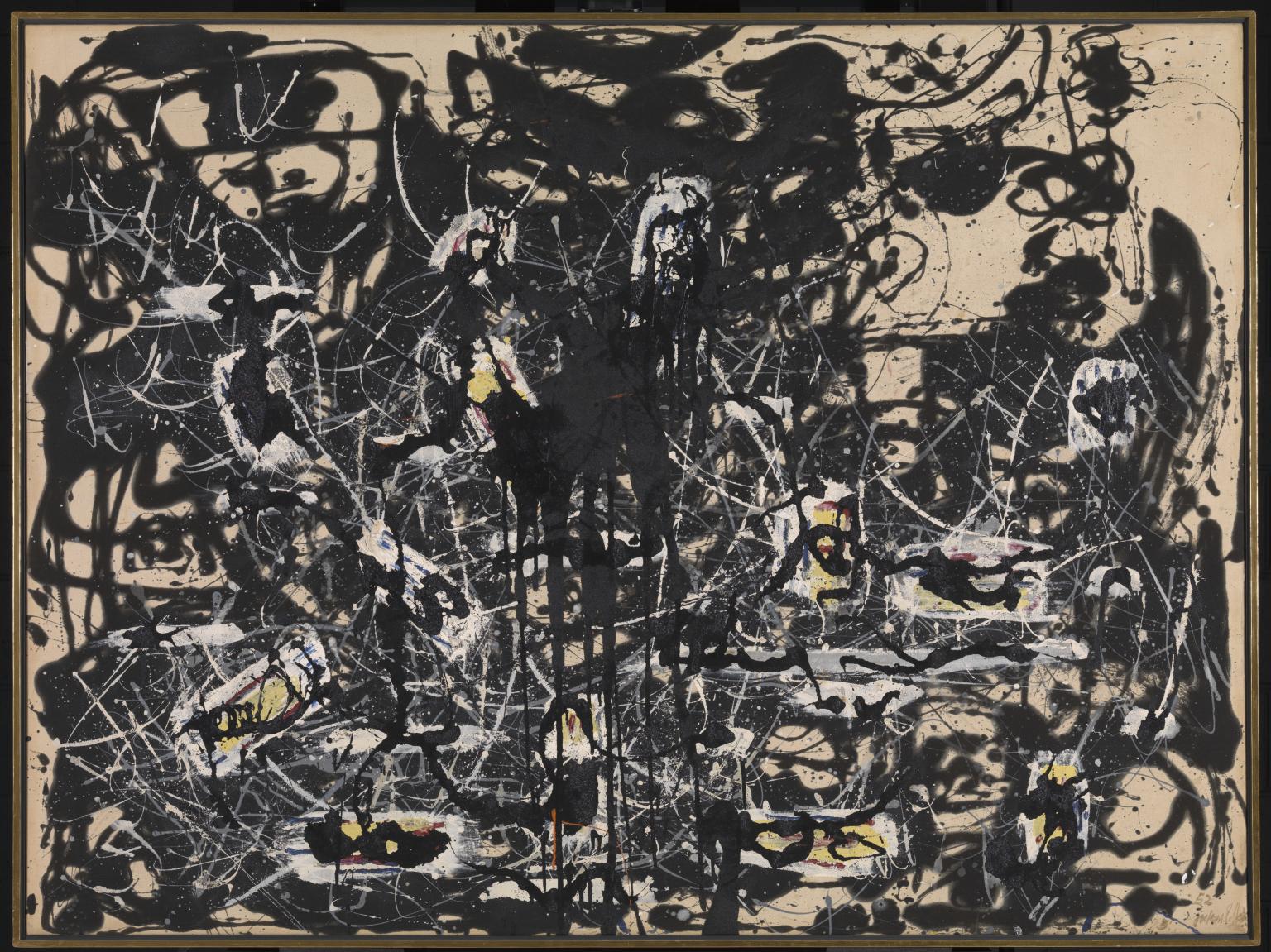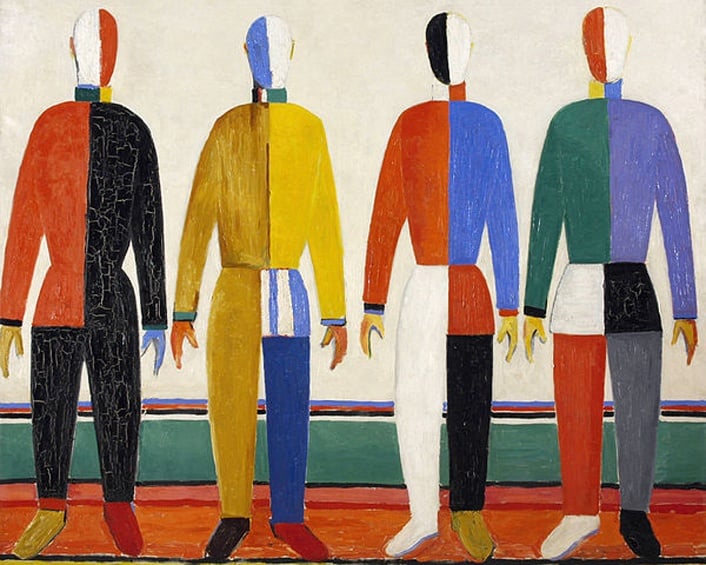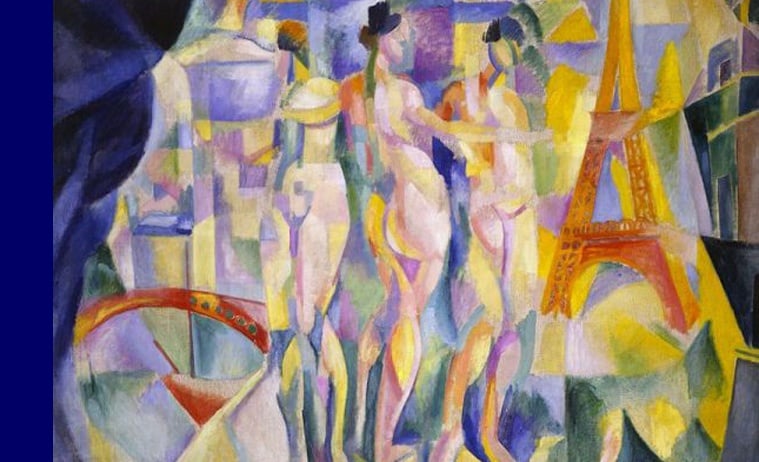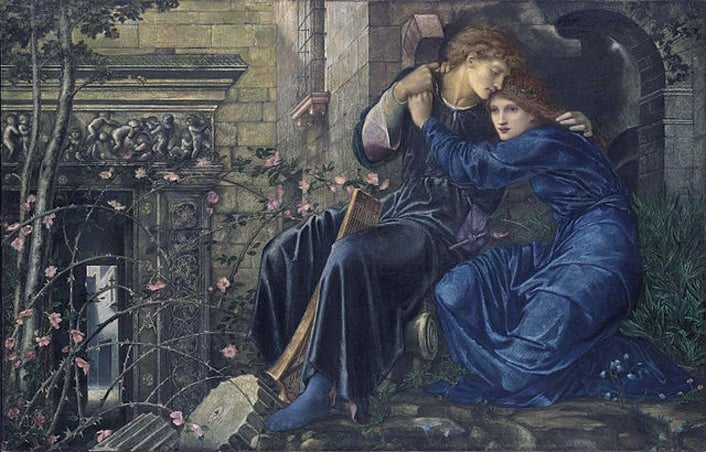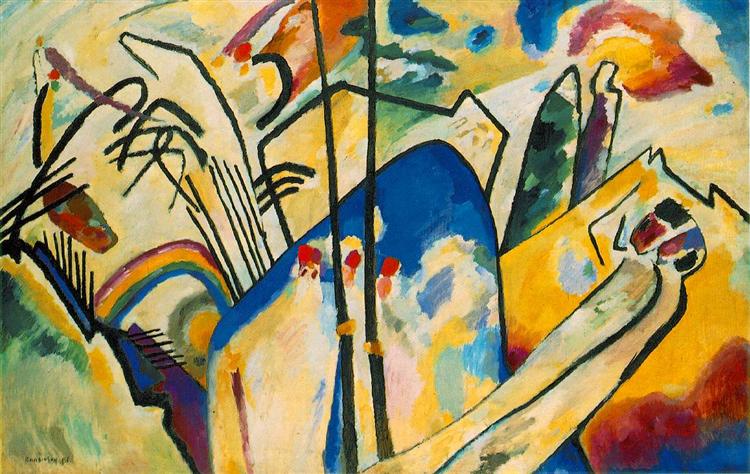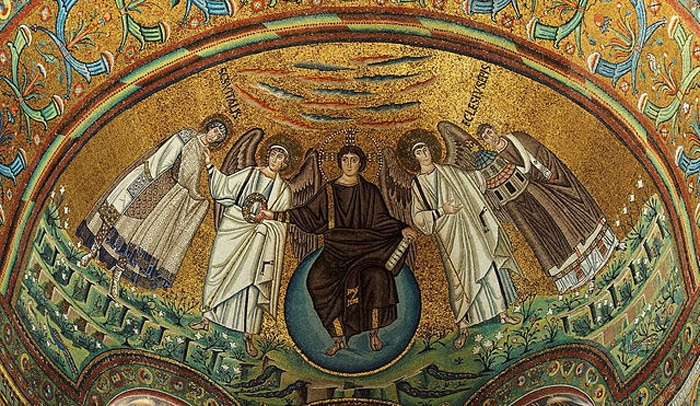Pop Art first emerged in the mid-1950s in both America and Britain. It was in part a reaction against the emotional seriousness and introspection of Abstract Expressionism, which had been affected by the experience of the Second World War. The term ‘Pop Art’ was coined in 1954 by the British-born critic and curator Lawrence Alloway (1926–90) to describe the ‘popular art’ and imagery produced by a mass culture that ‘high’ art had begun to pick up and use: flags, jukeboxes, badges, advertising logos, comic strips and magazines. After the intensity of Abstract Expressionism, Pop Art favoured irony and impersonal techniques in the creation of art works, as well as a return to figurative painting.
Visual & Decorative Arts Blog
The expressive qualities of paint’s colours and textures were an essential feature of the movement that became known as Abstract Expressionism, which developed in the United States during the 1940s. The Abstract Expressionists were a loose grouping of painters in New York, working in varying styles but sharing a desire for a freedom from traditional artistic values.
Topics: abstract art, abstract expressionism, USA, Jackson Pollock
Art Movements | Suprematism, Constructivism & Purism | Progressing from Cubism
Cubism had initiated the idea of reducing a motif from the external world to its most basic elements, and of presenting a motif in a painting in such a way as to make apparent the canvas’s inevitable flatness. In France – the birthplace of Cubism – Purism was seen as its natural successor. The Cubist style also became familiar to Russian artists via the numerous exhibitions of Western contemporary art in Moscow, from 1912 onwards. Both Henri Matisse (1869–1954) and Pablo Picasso (1881–1973) were patronized by wealthy Russian merchants, who exhibited their works to the public. Inspired by these, Suprematism and Constructivism were born.
Topics: Kasimir Malevich, Constructivism, Cubism, Suprematism, Purism
Cubism was one of the most influential twentieth-century art movements. Cubist works would provide a radical challenge to the painterly conventions for producing an illusion of depth, and they would attack the tradition of ‘high’ art by including within two-dimensional paintings and collages a range of extraneous materials not traditionally associated with high art, such as newspaper clippings, scraps of sheet music and stencilled lettering.
Surrealism was primarily a literary movement, dominated by writers and poets, and the definitions of its manifestos were intended to apply to writing more than to painting. The term was first used by the poet Apollinaire in 1917 to suggest a heightened sense of realism, but in Paris in the mid-1920s it came to designate a new art movement, whose influence was widespread and lasting.
Topics: Modern Art, Art Movements, surrealism
The clean, simple, pure forms of Neoclassicism arose as a counter movement to the frivolous Rococo style, particularly at a time when new discoveries from Pompeii were proving inspirational to artists. As a reaction against the Academies, however, the ideals of Romanticism – which favoured wilder, more emotional artworks – started to gain popularity. Offshoots of Romanticism began to appear throughout Europe, most notably in the work of the Nazarenes in Germany and the Pre-Raphaelite Brotherhood in England, who sought to take art back to a time before Raphael and his Classical influences had been a corrupting influence on art.
Topics: pre-raphaelites, Art Movements, romanticism, neoclassicism
Neoplasticism was a twentieth century Dutch artistic movement consisting primarily of artists and architects. Founded in 1917 in Amsterdam, it advanced abstraction, simplifying paintings to the bare essentials of form and colour; for example only primary colours and black and white would be used alongside squares, rectangles or straight horizontal and vertical lines. Cubist painting and Neopositivism influenced the movement and Dutch artist Piet Mondrian (1872–1944) outlined the principles of Neoplasticism in his essay ‘Neo-Plasticism in Pictoral Art’. The movement would start to influence architecture, interior design, fashion and famously the German art school Staatliches Bauhaus, commonly known as Bauhaus.
Topics: Piet Mondrian, Art Movements, neoplasticism, bauhaus
Haunting, wild, evocative: the dramatic landscapes of J.M.W. Turner (1775–1851) and Caspar David Friedrich (1774–1840) convey many of the ideals of Romanticism, an exciting artistic era that emerged out of various reactions to Neoclassicism, the Age of Reason, the French Revolution and the Industrial Revolution. These richly diverse works prioritized imagination and emotion, valuing the sublime and the atmospheric by bringing the response of the artist into play.
Topics: J. M. W. Turner, Masterpieces of Art, Art Movements
Topics: medieval art, illuminated manuscripts, Gothic & Fantasy Art, byzantine art, religious art
The Renaissance period occurred from the 14th to the 17th century, starting in Italy and spreading to the rest of Europe to mark the fall of the Middle Ages and the rise of the Modern world. New techniques and artistic sensibilities began to emerge alongside a new humanist philosophy, which demonstrated itself in all areas of thinking, including art, architecture, literature, music, politics, religion and science.
Topics: Leonardo da Vinci, Michelangelo, Art Movements, renaissance art


